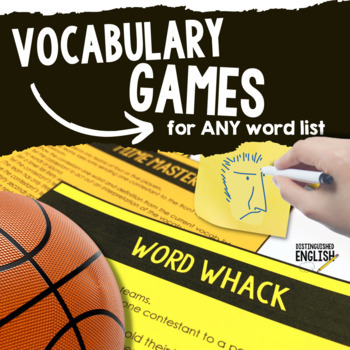Many teachers devote a classroom bulletin board to the display of exemplary student work. I have my own version of this "brag wall" for my students, but instead of posting the papers with the highest grades or most impressive quality, I choose student work that has actually been real-world published -- for money. Here's why:
1.
I want my students to realize that there is more to life than good grades. Straight-A students know that they're smart, and most get plenty of praise from their teachers already. However, many successful adults had terrible grades in high school, and many straight-A students have thrown their lives away. This year I worked with a student who had learning disabilities that made writing especially difficult for her. I encouraged her to write
about those struggles, and she did. She sent in her story to an inspirational magazine for teens, and even though her verbs weren't conjugated correctly and her commas popped up where they shouldn't, the magazine editor appreciated her story and published it for payment. Now other teenagers who have the same struggle will read her article and have hope.
That's the kind of thing I'm proud of -- students actually using what talents they have to make a difference.
2.
I want my students to get paid. Sure, this may sound superficial. We should write because we want to write, right? But I have found that an 80-dollar check makes writing suddenly more relevant to a teenager. I can hardly believe the astonishment on my students' faces each year when I tell them they have the opportunity to make a couple hundred bucks, just for doing their homework in my class. They ask me to repeat myself, they ask me to clarify, and they ask me to repeat myself again. They have the hardest time believing that schoolwork could actually lead to their financial success. Personally, I feel like high school is the best time to learn this truth. Besides, high-school kids are often either broke or dependent, and I want to teach them how to use their own talents and resources to provide for themselves. A few paid articles here and there probably won't make them a living, but it's certainly a noble way to earn some extra income!
3.
I want to improve my school's reputation. Getting students published is obviously good PR for a teacher, but I genuinely want to improve the reputation of my school's program in order for them to attract a larger number of students and donations, as this will lead to even greater success in the future. Parents want to enroll their students in a program that pushes them to achieve impressive milestones beyond the normal academic expectations. A program that pushes its students to submit articles for community or national publication will naturally attract more people! I believe that each teacher should become a team player for his or her school. This is my way of contributing to our academic community
If any teachers would like to add their own student-publishing successes, please comment below. I would love to hear from you!









